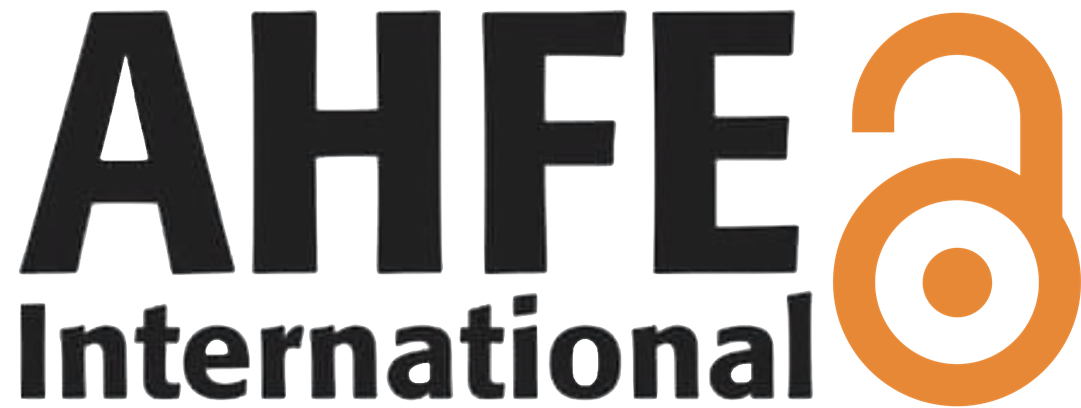An autonomous shuttle for everyone: What information do users need when using shuttles?
Open Access
Article
Conference Proceedings
Authors: Ida Kuck, Lotte Wagner-douglas, Lena Wirtz, Stefan Ladwig
Abstract: One of the objectives of the publicly funded autotech.agil project is to develop an autonomous on-demand shuttle to make public transport more flexible. In this context, the goal is to develop an inclusive interface solution that provides relevant information to all user groups. As autonomous on-demand shuttles also open up new perspectives regarding mobility for people with disabilities, the user-centered development process will also consider participants with special needs. For this purpose, six workshops with 28 participants from different user groups were conducted: people with undisclosed disabilities (n = 12), retired (n = 4), cognitively (n = 3), physically (n = 4), and visually impaired (n = 4) were conducted. The information needed at the stages, “arrival of shuttle at station”, “traveling with shuttle”, “arrival at destination”, and the preferred location of the information, “display” vs “smartphone” vs “both”, were assessed. The analysis showed that at both stages, arrival of shuttle as well as traveling, all groups needed similar information. Apart from general information such as the time of arrival, the information needed when arriving at destination differed between the groups. Regarding the location of information presentation, most user groups (except retired participants) went for redundant presentation on both, smartphone and display. A subsequent step is to use the information gathered to develop a suitable inclusive HMI for an autonomous shuttle. Further studies need to investigate the comprehensibility of such a solution.
Keywords: Inclusion, Autonomous Driving, HMI, User-Centered Development
DOI: 10.54941/ahfe1005861
Cite this paper:
Downloads
280
Visits
734


 AHFE Open Access
AHFE Open Access